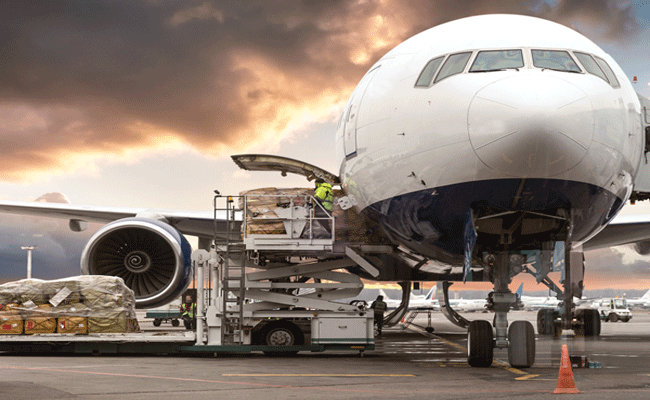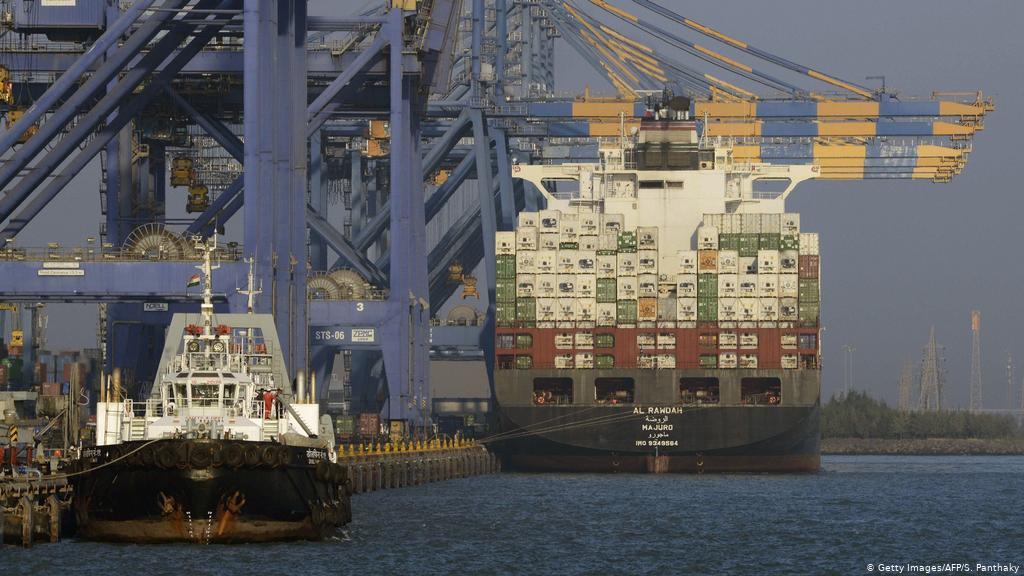Since the start of the global pandemic, the majority of logistics firms, if not all, have been affected by the disruptions in the supply chains across borders. In being such a critical link for the facilitation of trade, global freight has suffered the effect Of COVID-19 directly. The aftermath of the pandemic is currently still taking a toll on the economic growth, competitiveness, and job markets internationally.
Brief Overview of Logistics and Effect Of COVID-19
The logistics sector is vast and multi-faceted. Companies in this industry provide a large range of services for businesses moving goods within countries and between countries, typically by outsourcing their end-to-end transportation capabilities as a third-party solution.
Freight forwarding, multimodal transportation, and warehousing are three services in our industry that are key to the productivity of manufacturers and retailers everywhere in the world. In most developed countries, logistics take up nearly 25% of the GDP, compared to 8% in countries of the OECD. That demonstrates clearly the importance of logistics and the relationship of the sector to economic development under the pressures of unexpected global events. The pandemic encircled the globe in no time and the effect became evident on every business and industry. The question here is, how to learn from those lessons and create fluid value chains that work with greater efficiency and resilience in times of unprecedented global turmoil, such as a pandemic.

The Effect Of COVID-19 on Global Freight
Ocean, air, and land fright are three main segments in logistics that experienced the largest restructure and drop in capacity over the last year and a half.
Air freight and Effect Of COVID-19
At the start of the pandemic, the volumes of air freight decreased within a month by nearly 20% – as a result of the many (passenger) flights cancelations, carrying freight as cargo. The ostensible drop in air freight was also attributed to the manufacturing interruption in China and other major exporters in the Asia-Pacific region. As the pandemic receded over the following year, a lot of governments and shippers turned back to air freight for transportation of essential goods, but most carriers are still seeing bigger delays than before. It has been reported that the reduction in air cargo is bigger than the drop in demand by companies. Even though the freight rates have climbed substantially, this mode of transport is still the fastest, and often times the most preferred one for the transportation of essential goods cross-continent.

Effect Of COVID-19 of Ocean freight
Like other shipping modes, Ocean freight experienced a large drop in volumes of approximately 10% – in the first few months of the pandemic. That figure is explained by the many constraints logistics providers experienced within and between borders of key exporters and importers. Ocean freight is still seeing a reduction in demand along the connecting routes of Europe and Asia, but this trend is also shifting as efficiency and streamlining in the global value chains are steadily increasing. Innovation in computing, cloud computing, and the advent of new technologies have improved the performance of logistics providers moving cargo overseas.
Effect Of COVID-19 and Land freight
There is only one mode of transportation that suffered a lesser impact than the rest, and this is land freight. Roads around the world have been mostly available since the start of the pandemic, despite the imposition of new health and safety inspections at the borders. Because of that, the capacity of trucking has shrunk and the demand for these services has obviously increased, resulting in higher rates and lower availability of drivers, vehicles, and overall logistics capacity. Petrol prices are also hitting a record high, making fuel an expensive commodity for everyone, and logistics operators, who want to stay competitive on the land freight marketplace.

Effect Of COVID-19 and Rail freight
On a positive note, Rail freight has seen a bigger surge in demand than ever. Because of the high air and ocean cargo rates, many shippers and manufacturers choose to operate new, more affordable routes via rail, at the expense of longer transit times. Prior to the pandemic, the trans-Eurasian rail was 8 times cheaper to operate than what an air freight forwarding firm would offer as a quote. Companies that can afford to experience longer delays for their cargo between Europe and Asia are seeing Rail as a more viable option than pricey logistics solutions using ocean and air modes.
Final words on the Effect Of COVID-19
The global pandemic has shifted many supply-and-demand trends in the logistics sector. This impacted economic development globally on a very large scale. Even though we saw a big drop in usage of air and ocean freight at the beginning of the pandemic, today we see more innovation and efficiency by providers to overcome these obstacles and make their services faster and more efficient. Rail freight did become a gateway for many businesses that needed more cost-effective options in order to keep their operations running during these times.
As a responsible logistics provider, Zendfast is staying relevant to all the trends in our industry and making sure we provide our customers with the best viable options for their freight needs!
If you need to find out more about our freight forwarding solutions for your international cargo, get in touch with our team and we will come back to you shortly!